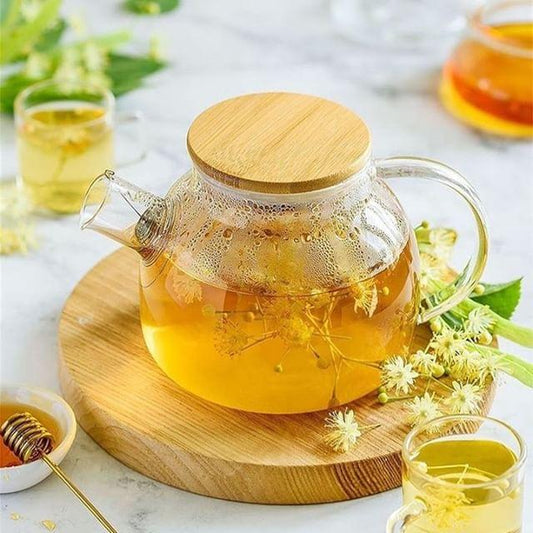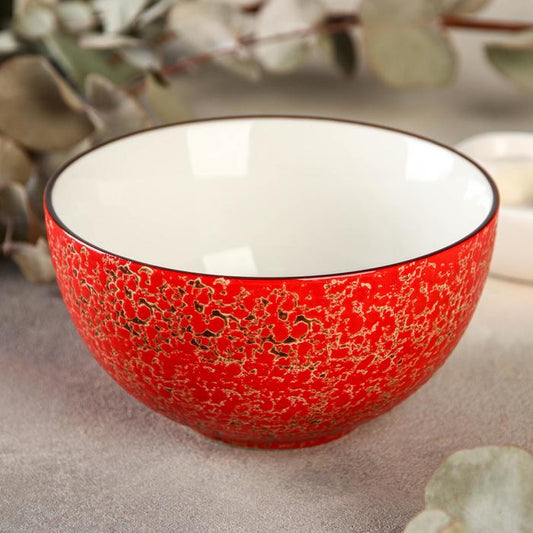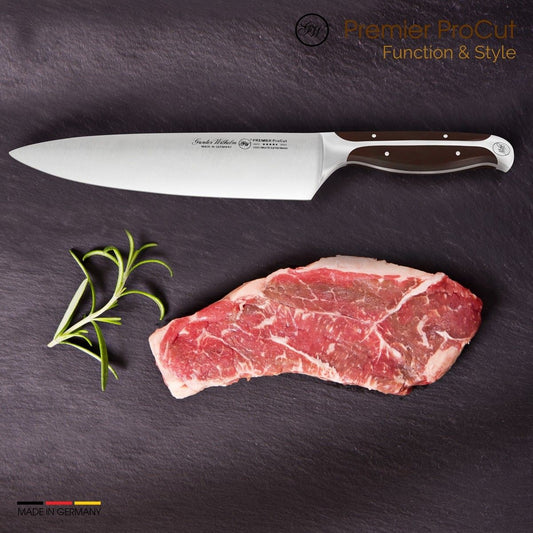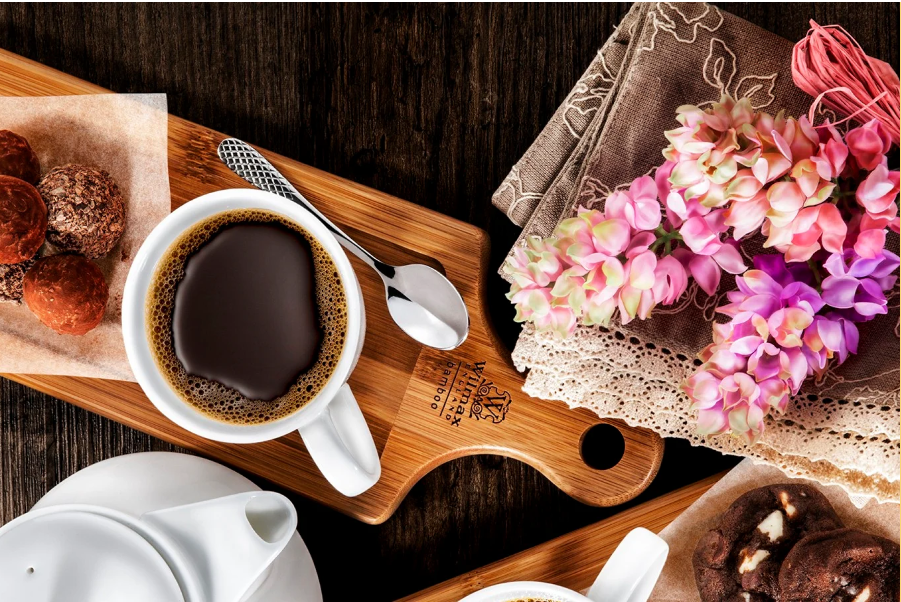Nordic Wild Food Trend: Foraging & Minimal Plates Redefining New Scandinavian

Nordic Wild Food Trend: Foraging & Minimal Plates Redefining New Scandinavian
What if your next fine-dining experience came from the forest floor? That’s the ethos behind the Nordic wild food movement, a culinary trend reshaping restaurants from Copenhagen to Reykjavík. It’s not about complexity—it’s about purity. Minimal plating, hyper-local ingredients, and an obsession with nature’s subtle flavors define this return to elemental cooking.
🌿 Back to the Roots (Literally)
Nordic chefs are venturing into meadows, coastlines, and mossy woods to gather ingredients like spruce tips, sorrel, wood sorrel, wild garlic, juniper berries, reindeer moss, and cloudberries. These aren’t just accents—they’re the stars of the plate. It’s about showcasing the land’s bounty without overpowering it.
🍽️ Plating That Whispers, Not Shouts
Unlike traditional haute cuisine where abundance and color dominate, New Nordic design celebrates space, calm, and restraint. A single scallop with sea buckthorn foam, or a beetroot slice brushed with smoked kelp oil on rough-hewn ceramic—each dish feels like a modern art installation, whispering flavors instead of shouting them.
🔥 Fire, Ferment & Simplicity
Cooking methods are primal—open fire, long fermentation, pickling, and drying. Complexity is achieved not through sauces, but through aging and terroir. A fermented turnip may carry as much depth as a steak. A smoked mussel over birch wood could be more memorable than caviar.
📍Why It’s Everywhere Now
With global diners craving authenticity and sustainability, Nordic wild food checks every box. It's low-waste, deeply local, and tells a story—of tradition, geography, and philosophy. Influencers and chefs alike are spotlighting this style for its raw honesty and poetic plating.
🧭 How to Try It at Home
- Start small: use local herbs like nettle, wild garlic, or even pine needles for infusions.
- Practice restraint: let one or two ingredients lead the flavor profile.
- Serve on stone, wood, or matte ceramic to reflect nature’s textures.
From fine dining tasting menus to minimalist dinner parties at home, Nordic wild food isn’t just a fad—it’s a reflection of how we want to eat: consciously, beautifully, and connected to the earth.
Share:





